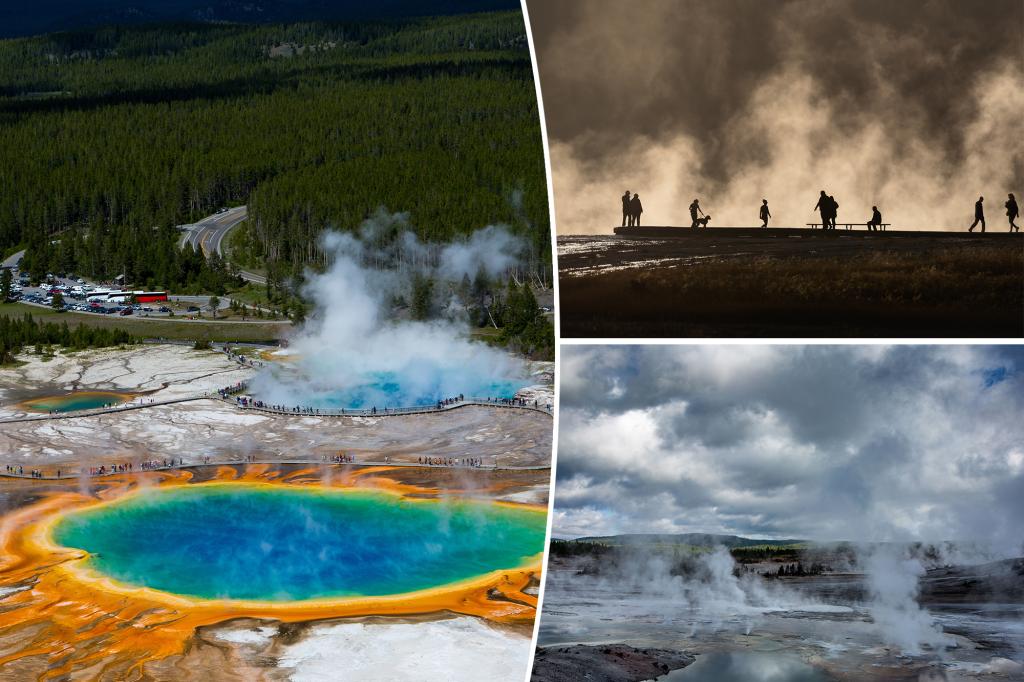Yellowstone National Park is home to one of the earth’s largest volcanic systems and is known for its erupting geysers like Old Faithful. A new study published in Nature has suggested that the components of Yellowstone’s supervolcano are on the move, specifically shifting northeast of the park’s caldera. Despite this movement, lead author Nifna Bennington reassured Americans that there is no need to panic about an eruption happening anytime soon. Experts believe that there will be eruptions, but it will likely be thousands of years before the next one occurs.
The shift in Yellowstone’s magma is believed to be a result of the gradual southwestward movement of the North American tectonic plate. This movement extends from Canada to Mexico and has caused the magma to move in a different direction. The last eruption at Yellowstone occurred 70,000 years ago and was not as significant as the much larger explosive eruptions that took place within the past two million years. Despite the movement of the magma, it is unlikely to have any impact on visitors’ experiences in the park and does not pose an immediate threat.
In June, geology experts reported that Mount Saint Helens in Washington was entering a phase of recharging as its magma began to repressurize. Additionally, Hawaii’s Kilauea volcano, one of the world’s most active, began erupting again at the end of December. While these volcanic activities may seem concerning, experts reassure that they are a natural part of the Earth’s geological processes and are not unusual for volcanic regions. It is important for scientists to closely monitor these volcanic systems to better understand their behavior and potential risks in the future.
The eruption of a supervolcano like Yellowstone would have devastating consequences for the planet, potentially causing widespread destruction and impacting the global climate. Scientists are constantly monitoring these volcanic systems to better understand their behavior and the potential risks they pose. The discovery of magma movement in Yellowstone is an important development in understanding the inner workings of these volcanic systems and helps researchers prepare for any potential future eruptions.
While the idea of a volcanic eruption at Yellowstone may be alarming, experts say that it is unlikely to occur in our lifetime. The gradual movement of the magma and superheated components within the supervolcano system is a natural process that has been occurring for thousands of years. It is important for the public to stay informed about these geological processes and the risks associated with living near active volcanic regions. By studying these volcanic systems, scientists can work towards developing better warning systems and emergency preparedness plans to protect communities in the event of a future eruption.


